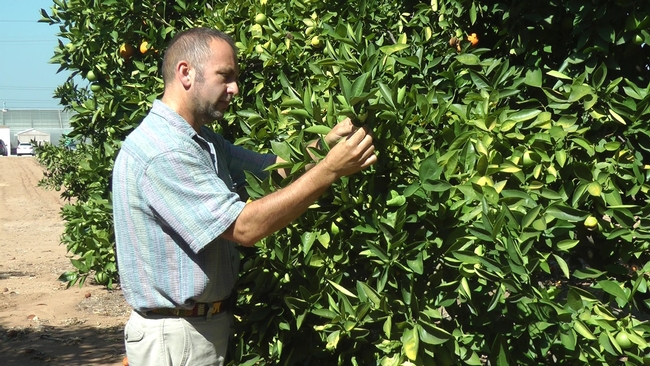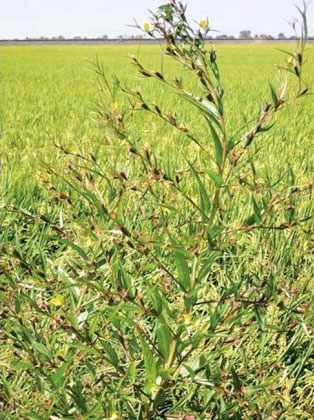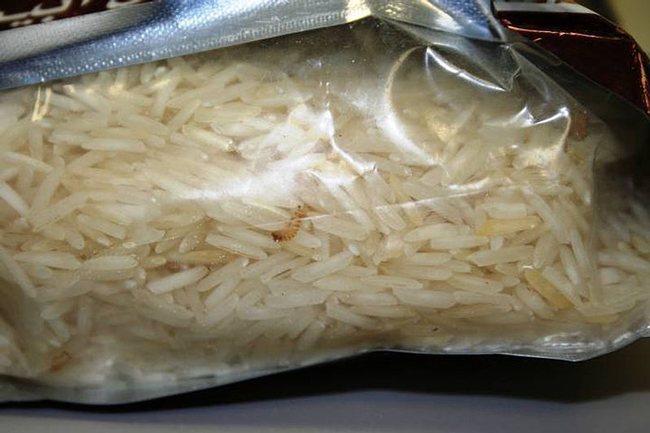Posts Tagged: invasive
Heavy rains this winter may help native fish in the LA River make a comeback
Biologists believe a high volume of water flowing through the Los Angeles River this winter due to El Niño rain will favor native fish, reported Louis Sahagun in the Los Angeles Times. Native species - who evolved in river systems prone to sudden torrents of water, mud, bolders and debris in winter and pools and damp patches in summer - main gain an edge when the river rages.
Currently, the fish population in the river is almost entirely non-native. Released as bait by anglers, dumped by the city to eat unwelcome species, and aquarium fish set free by their owners now populate the river's waters.
The forecast heavy rains during the 2015-16 winter present an opportunity to determine whether nonnative fish will be washed out of the river and into the Pacific Ocean, giving native fish a new chance to become established.
"If we are ever going to fully understand the ecology of this river, and prospects for the return of species that evolved in it, we have to know first what's in it now, and how well those creatures do in extreme conditions," said biologist Rosi Dagit of the Resource Conservation District.
UC Cooperative Extension natural resources advisor Sabrina Drill was among a group of biologists and volunteers who surveyed the fish in the river in late November with seines, dip nets and rods and reels. After six hours, the team caught about 3,000 talapia, two dozen crayfish, a few hundred mosquito fish, one aquarium species and two Asian freshwater clams.
The research is funded by the Friends of the Los Angeles River.
California pest invasion rate increasing
Introduction of new invasive pests into California seems to be increasing, reported Todd Fitchette in Western Farm Press. The story was based on presentations at the recent professional crop advisors convention in Anaheim by UC Cooperative Extension specialists Mark Hoddle and UC Riverside entomology professor Richard Stouthamer.
Before 1989, Hoddle said, California saw about six new pest invasions per year. The number has risen to about 10 per year, and the cost amounts to about $3 billion annually.
Asian citrus psyllid, a relatively recent invader in California, has farmers particularly worried because of the pest's ability to spread the lethal bacterial disease huanglongbing in citrus. In late 2011, Hoddle's lab began releasing a natural enemy of the psyllid he collected in the Punjab, Pakistan, a stingless wasp called Tamarixia radiata.
According to the Western Farm Press article, Hoddle is now studying a second natural enemy of ACP - Diaphorencyrtus aligarhensis - in quarantine at UC Riverside.
Stouthamer is studying another troublesome invasive pest in California, the polyphagous shot hole borer. The pest attacks many tree species that shade California streets, landscapes and parks; their greatest threat to agricultural production appears to be in avocados.
At the meeting, Hoddle said there is a growing and vocal minority of ecologists who believe invasive species are not such a serious problem, Fitchette wrote.
“They think we should just relax and let them install themselves in the environment and do whatever they like,” Hoddle said. “I think that's a wrong viewpoint to be taking with a lot of these organisms.”
Unwelcome weed 'stinkwort' spreading quickly in California
Stinkwort made its first California appearance in 1994, but remained quite rare until the mid-2000s, when it began spreading rapidly. Stinkwort is now found in 36 of the state's 58 counties, particularly along roadsides.
"If it gets a major foothold and produces millions and millions of seeds, then the seedlings will grow and they can form a carpet," DiTomaso said. "Then it would block light and prevent the growth of more desirable species – like native plants. It will out-compete them, and that is a concern."
Another troubling aspect is that the weed has been seen in vineyards, said John Roncoroni, UCCE advisor in Napa County, a weed science expert.
"I've seen it on the roadsides in Napa, and it's just encroaching into the vineyards at Napa Valley College," he said.
Invasive weed threatens California rice
The weed is highly invasive, produces vast quantities of seeds and survives under a wide range of hydrological and climatic conditions.
"Farmers have to keep an eye out for this weed, and let us know if they think they have it," said Luis Espino, UC Cooperative Extension advisor in Colusa, Glenn and Yolo counties, a rice production expert.
Unlike other waterprimroses, the winged primrose willow can grow within flooded rice fields, which makes it even more problematic for local farmers if it should get established in this area, Espino said.
Invasive pests cost California $3 billion per year
“Experts peg the negative economic impact caused by invasive pests at $3 billion every year, making pest prevention a concern for all California communities – not just those in rural areas,” Sen. Cannella said. “Today’s hearing offered an important opportunity to better understand the harm invasive pests pose to urban landscaping, waterways and public health and to discuss the role urban communities play in pest prevention and control.”
The list of experts who testified at the meeting included:
Beth Grafton-Cardwell, director of the UC Lindcove Research and Extension Center and the leader of the ANR Endemic and Invasive Pests and Diseases Strategic Initiative
John Kabashima, UC Cooperative Extension Orange County environmental horticulture advisor and director





